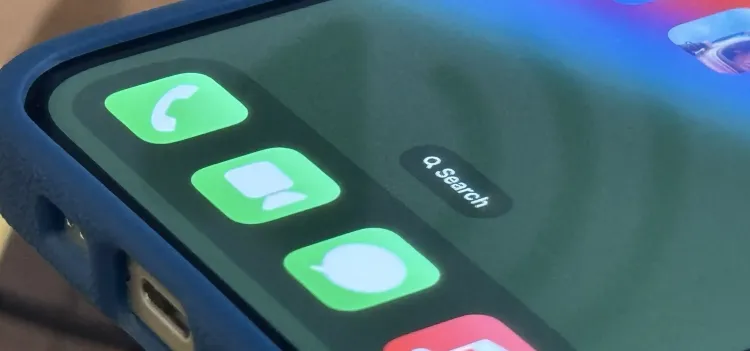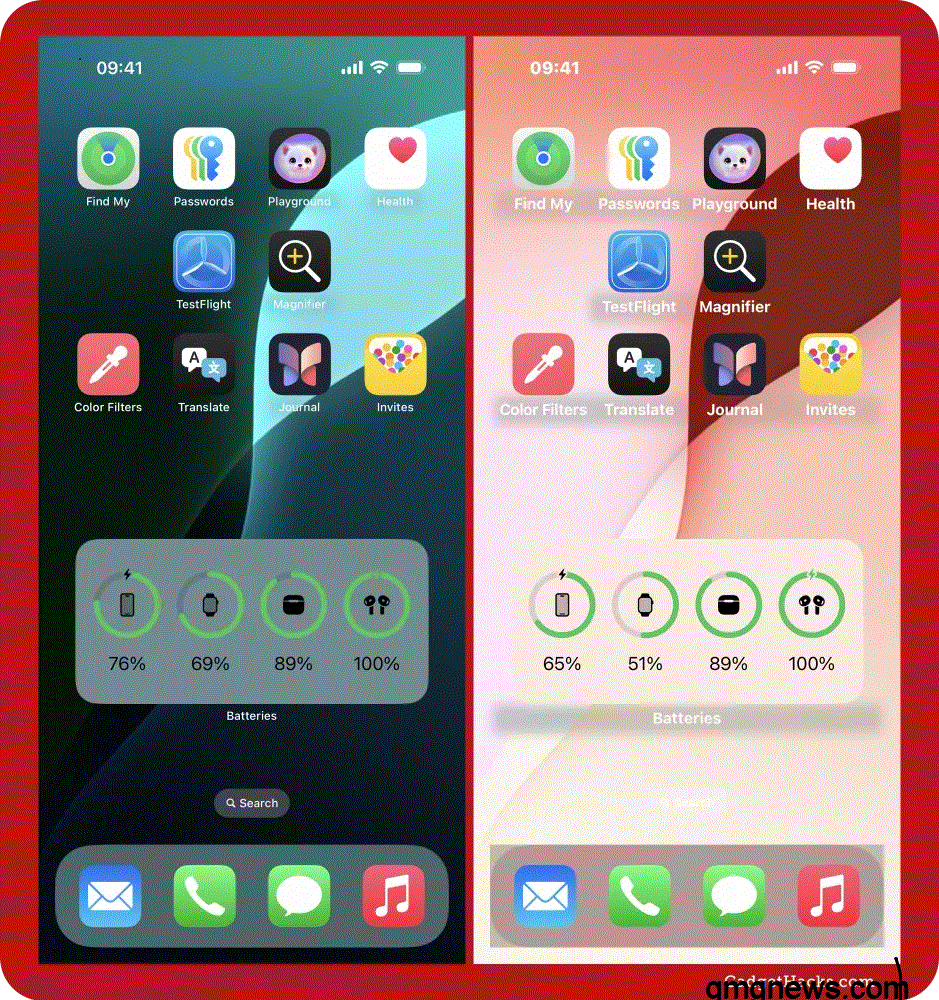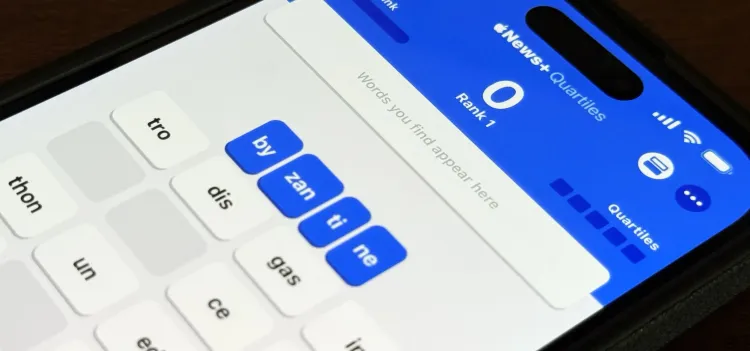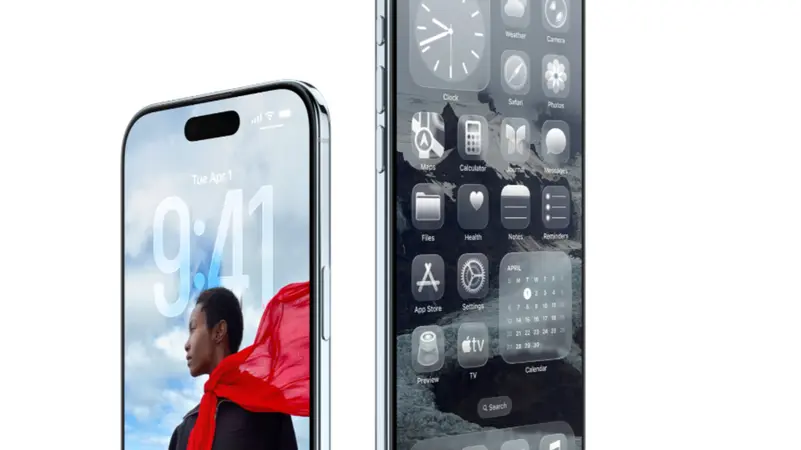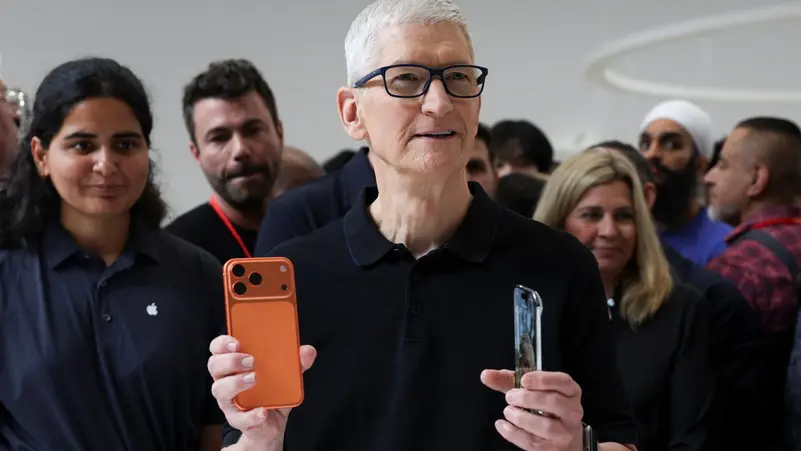Apple Extends Free Satellite Connectivity for iPhone 14 and iPhone 15 Users Until 2026
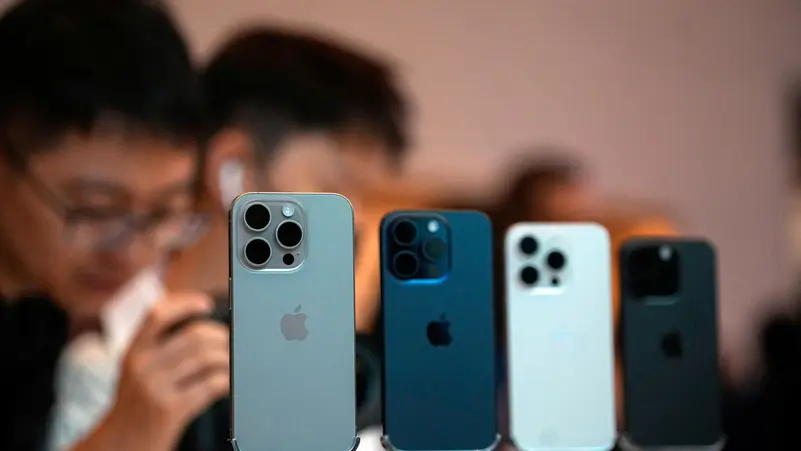
When Apple first introduced satellite connectivity with the iPhone 14 lineup back in September 2022, it was hailed as one of the most groundbreaking safety features ever offered in a smartphone. At launch, Apple promised two years of free service, giving users access to emergency messaging even when they were completely off the grid. Since then, Apple has quietly extended the trial multiple times. Now, with the official unveiling of the iPhone 17 series, Apple has announced that iPhone 14 and iPhone 15 users will continue to enjoy free satellite connectivity until mid-September 2026. This extension not only highlights the importance of the feature but also raises questions about Apple’s long-term strategy in offering premium safety services.
A Timeline of Extensions
Initially, Apple granted iPhone 14 users two years of complimentary access to satellite services. This meant that anyone who activated an iPhone 14 at launch could use the service free until late 2024. In November 2023, Apple announced a one-year extension, ensuring that coverage would last through 2025. Now, Apple has pushed the free period even further, promising one more year of access. According to Apple’s newsroom footnotes, the extension applies to iPhone 14 and iPhone 15 owners who activated their devices in a supported region before September 9, 2025. These users will not have to pay until at least mid-September 2026.
How the Feature Works
Apple’s satellite connectivity system allows users to connect directly to orbiting satellites when they have no cellular or Wi-Fi coverage. The service enables several life-saving features:
-
Emergency SOS: Users can send short text messages to emergency services by pointing their iPhone toward the nearest satellite.
-
Roadside Assistance: In supported regions, stranded drivers can request help without needing cellular service.
-
Find My Integration: Users can share their location via satellite with friends and family.
-
Basic Messaging: Some regions support simple text communications with trusted contacts.
The feature is powered by Globalstar’s low-Earth orbit satellite network, though availability varies by country. It is not supported in Armenia, Belarus, China, Hong Kong, Macau, Kyrgyzstan, Kazakhstan, or Russia.
Why the Extension Matters
Extending free access shows that Apple understands the importance of building trust around this new technology. Emergency connectivity is not the kind of service people use every day, but when needed, it can be life-saving. By removing the cost barrier, Apple ensures more people can rely on it during critical situations. The company may also be using the extended trial as a way to test adoption rates before introducing a paid subscription model in the future. Analysts believe that when Apple eventually charges for the service, it could be bundled into Apple One or offered as a standalone “Apple Safety” plan.
User Experiences and Early Feedback
Reports from early users show that satellite connectivity has already saved lives. There have been multiple documented cases of hikers, skiers, and drivers stranded in remote areas who were able to contact emergency services thanks to their iPhone. One widely shared story involved a man trapped in a canyon who used the service to call for help when his phone had no reception. These success stories demonstrate why Apple continues to promote the feature aggressively. If you want to know how to maximize your iPhone’s safety tools, our guide on protecting your device from hacks offers additional insights.
Comparison with Competitors
Apple is not alone in pursuing satellite communication. In 2023, Huawei introduced satellite messaging on select models, and Samsung announced similar features for its Galaxy devices. However, Apple’s integration is widely regarded as the smoothest and most user-friendly, thanks to its simple interface and smart guidance system that helps users align their phone with satellites. While rivals focus mainly on basic messaging, Apple’s solution ties directly into the iOS ecosystem, making it feel like a natural extension of the iPhone experience. For users comparing devices, our article on choosing a powerful smartphone in 2025 highlights the importance of connectivity features like this.

Regional Limitations
Despite the global nature of satellite technology, Apple’s feature is not available everywhere. Legal and regulatory challenges prevent activation in certain countries, including China and Russia. In these regions, even iPhone 14, 15, or 17 users cannot access satellite services. This is partly why Apple has had to delay launches and adjust strategies, as we discussed in our coverage of Apple’s eSIM challenges in China. For most other regions, however, coverage continues to expand, with more languages and emergency centers integrated each year.
Future Outlook
Apple’s decision to extend free service likely means a long-term paid model is on the horizon. Experts predict Apple may charge an annual fee of around $50–$100 once the free period ends. Given that the feature requires partnerships with satellite providers, Apple will likely use subscription revenue to support operational costs. Yet, by offering nearly four years of free access, Apple has ensured that millions of users will become accustomed to relying on satellite connectivity before the company introduces fees. This strategy mirrors Apple’s approach with other services, such as Apple Music and iCloud storage.
Integration with New Devices
The iPhone 17 lineup, unveiled alongside this announcement, comes with improved satellite capabilities, including faster message transmission and broader regional support. While older devices like the iPhone 14 and 15 continue to benefit from free service, the new iPhone 17 offers a taste of the next generation of satellite features. Apple also hinted that satellite calling, not just messaging, may be possible in the near future. For users upgrading to the latest devices, our article on transferring data between phones safely provides practical guidance.
Apple’s extension of free satellite connectivity for iPhone 14 and iPhone 15 users until 2026 reflects both a commitment to user safety and a calculated strategy to build a loyal customer base for a service that may eventually become paid. While the debate over pricing will come later, for now, millions of iPhone owners can rest easy knowing they have access to life-saving technology at no cost. Whether hiking in the wilderness, driving through rural highways, or facing unexpected emergencies, Apple’s satellite service continues to prove its value. As competitors race to catch up, Apple’s decision to extend free access reinforces its role as the leader in smartphone safety innovation.
